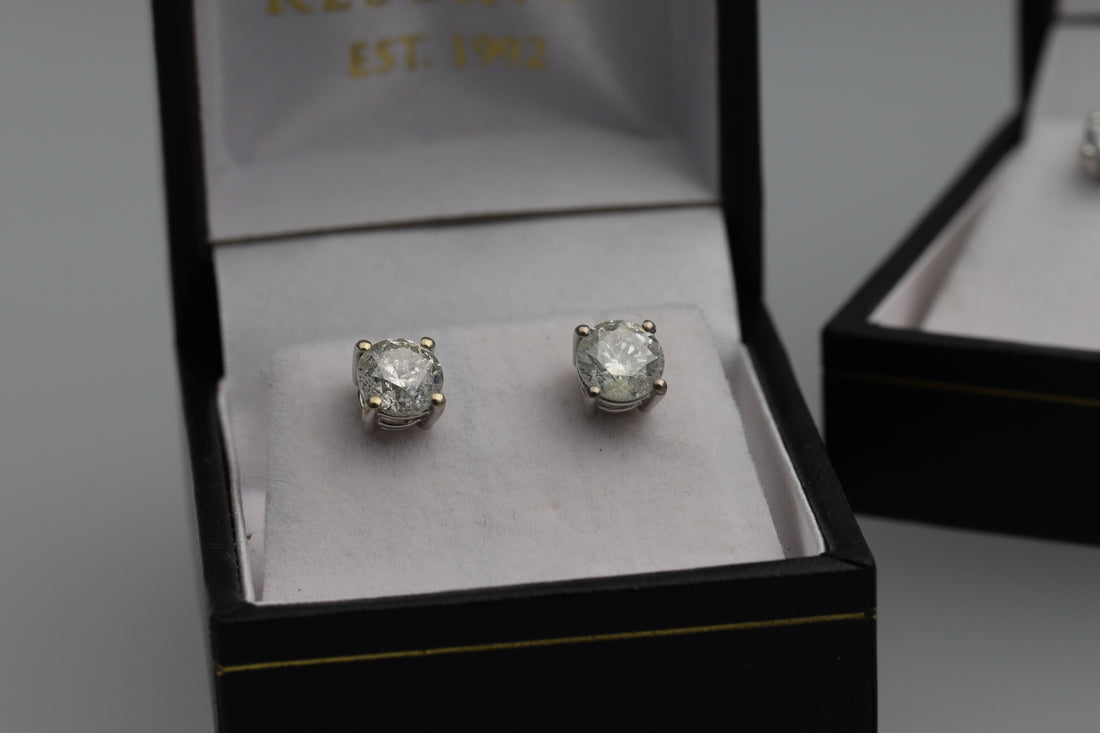
The Four C's of Diamonds
When choosing the perfect diamond for you it is important to consider the four C's of diamonds!
Cut - A well-cut diamond will direct more light through the crown. A diamond with a depth that's too shallow or too deep will allow light to escape through the sides or the bottom of the stone.
There are lots of different types of diamond cut such as brilliant cut which is round and princess cut which is square. Cut is often thought of as the most important of the four C's because when it is good it makes your diamond sparkle!
Colour - The diamond’s colour ranges from an icy white colourless to a light yellow. It's very difficult to tell the difference from one colour grade to another colour grade.
There is a scale from D - Z which measures the colour, D being the clearest and Z being the most yellow. Colourless is the most rare and therefore the most expensive. Yellow is the least rare and therefore the least expensive. Colour is graded by eye and the colour grading does not come up from a machine.
Clarity - The clarity refers to the diamond's tiny markings. All diamonds have flaws, but it is the number of flaws that a diamond has, along with the type of inclusion, and location that will determine its overall clarity.
Types of inclusions include: crystals, pinpoints, needles, etc. Inclusions can either be white or black carbon.
GIA created a diamond grading scale to help the consumer understand what makes one diamond worth more than another. The grading scale is based on rarity. F (flawless) is the most rare and therefore the most expensive. I3 (included 3) is the least rare and therefore the least expensive.
Carat Weight - Carats are made out of 100 points so in 1ct there is 100pt so carat measures the size of the diamond.





